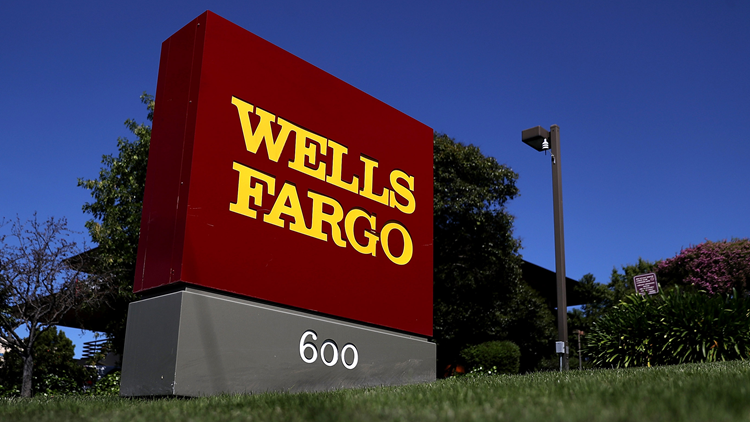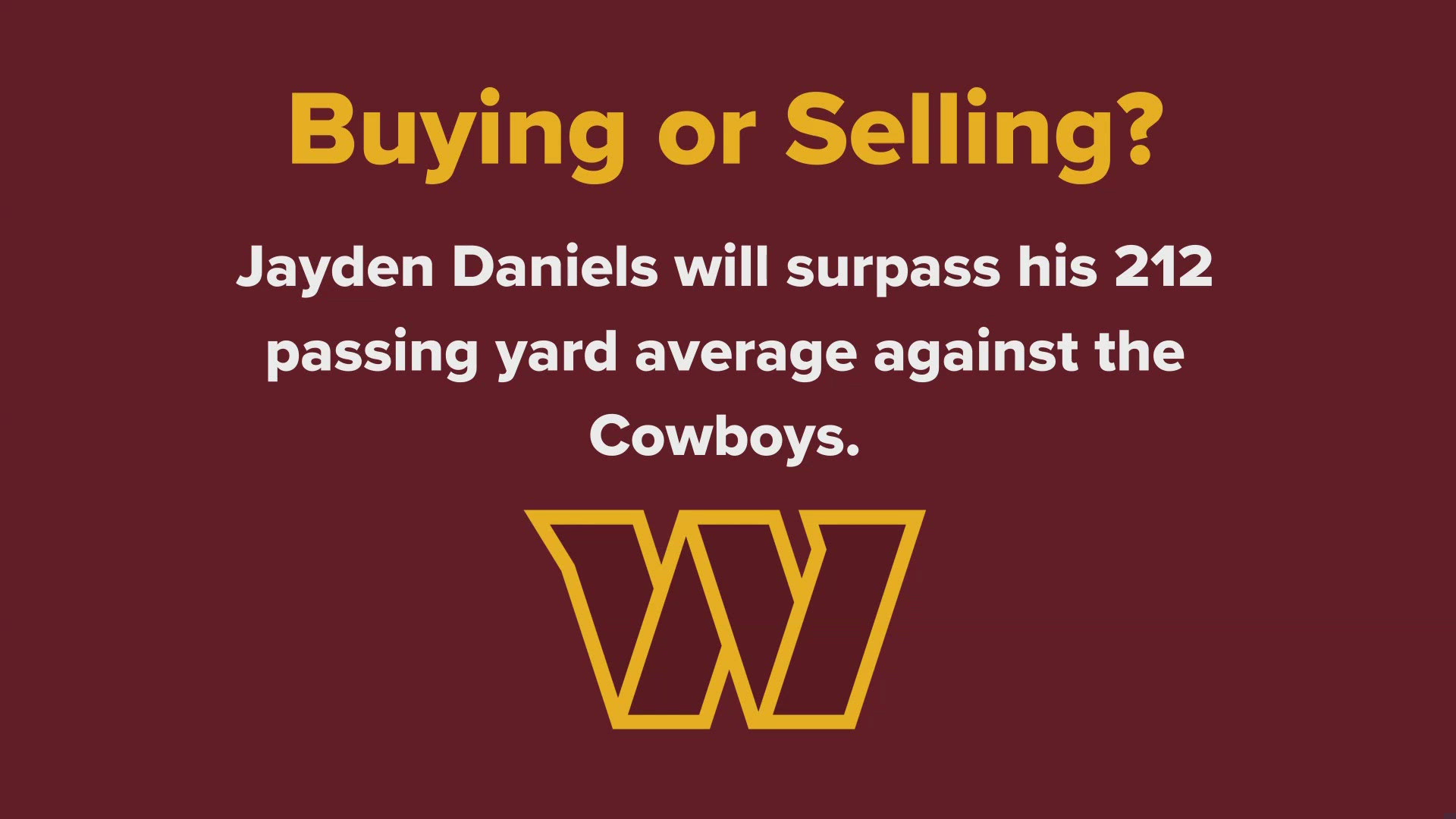Two federal agencies jointly announced a $1 billion settlement with Wells Fargo April 20, ending speculation over how tough regulators would be on the bank in the wake of fraud allegations that surfaced last year.
The Consumer Financial Protection Bureau and the Office of the Comptroller of the Currency both found Wells Fargo violated the Consumer Financial Protection Act (CFPA) after an investigation into the bank’s mandatory auto insurance program and rate lock extensions charged to mortgage borrowers.
“We have said all along that we will enforce the law. That is what we did here,” CFPB Acting Director Mick Mulvaney said in a statement.
The CFPB’s announcement wasn’t at all unexpected. In a notice to investors earlier this month, Wells Fargo revealed it may face penalties of up to $1 billion from U.S. regulators to settle fraud allegations that came to light last year.
The bank admitted to forcing auto insurance onto customers and unfairly charging rate lock extensions to mortgage loan customers last year, and has been under investigation by the Consumer Financial Protection Bureau and Department of the Treasury’s Office of the Comptroller of the Currency.
Though the estimated financial penalty is steep, consumer advocates say they worry the punitive fee may not be enough to reverse a culture of systemic wrongdoing.
Where will the $1 billion go?
The penalty charge could be much larger than the fine Wells Fargo, the country’s third-largest lender, incurred for its fake accounts scandal, where it paid $185 million in fines in 2016.
Because of the way CFPB penalties are structured, the high cost may indicate that more customers were harmed at a greater degree from the auto insurance and mortgage loan violations, rather than just the CFPB getting tougher on banks, said Ed Mierzwinski, senior director of the federal consumer program at U.S. PIRG, a public interest advocacy group.
“You have to have a lot of violations that are pretty extreme to get up that high,” Mierzwinski said.
Will victims get any restitution?
The estimated $1 billion may or may not include restitution paid to victims, he adds. If the charge is purely for punishment and will not be used to pay back those harmed, the total will likely be split between the CFPB and OCC, though it’s unclear whether the split will be even, he said.
The fee paid to the CFPB will be deposited into the bureau’s Civil Penalty Fund. The money collected in this fund will be used to compensate victims in circumstances when violators are unable to pay back victims. The fund can also be used to pay for consumer education and financial literacy programs, according to the CFPB.
Mierzwinski said he hopes victims will be compensated, and that the civil penalties that follow will be high enough to punish “the corporate wrongdoer” and deter other banks from following Wells Fargo’s misbehavior.
What’s the financial hit to Wells Fargo?
While unprecedented of a move, the estimated $1 billion won’t be such a large hit for Wells Fargo, which was founded in 1852 and is headquartered in San Francisco, that they are unable to absorb the impact, said Edward Jones analyst Kyle Sanders. The $1 billion only accounts for approximately 5 percent of the bank’s profit in a given year, and the company will likely succeed in negotiating it down, he said.
The real blow will come in the form of reputational damage as a result of ongoing reports of widespread misconduct within the company, Sanders said. If Wells Fargo agrees to pay the fine, he said the regulators will likely wrap up this particular investigation, allowing the company to move on while being held accountable through audits and examinations.
Wells Fargo still faces other ongoing investigations, including one concerning potential violations with its wealth management fund. Sanders notes that regulators forced the company to make changes over the last year to heads of departments like risk management and compliance and the board of directors.
Along with penalty fees, drastic changes are being forced onto the company by regulators, a move Sanders has never seen before. He said he believes the harsh punishment that Wells Fargo faces is unique and doesn’t expect regulators to continue with the same tone going forward.
Lawsuits from victims are expected, but after three years or so, Sanders said he expects it all to die down and for the bank to restore its reputation.
“People generally have fairly short memories, and most people have not left the bank,” he said. “Customer retention has been good.”
Will customers see any refunds?
“It’s really difficult for a consumer now to hold the bank accountable for wrongdoing,” said Christine Hines, legislative director at the National Association of Consumer Advocates, based in Washington D.C.
The company announced in October 2017 that it planned to “reach out to all home lending customers who paid fees for mortgage rate lock extensions requested from Sept. 16, 2013, through Feb. 28, 2017, and to refund customers who believe they shouldn’t have paid those fees.”
But in February 2018, U.S. Sen. Elizabeth Warren (D-Mass.) wrote after a letter to Wells Fargo CEO Tim Sloan after a report in The Wall Street Journal said some notices were sent to the wrong people or with incorrect information. “The bank is providing the customers it harmed with inaccurate information or making them jump through hoops just to get their money back,” she wrote.
A Wells Fargo spokesperson told CNN in February that customers who reached out about the mortgage fee were being issued refunds, and auto insurance refunds could be issued by midyear.
Those harmed by Wells Fargo will likely have to depend on the actions taken by regulators, such as the CFPB, or try to join a class-action lawsuit and hope the bank won’t fight it, Hines said.
Because Wells Fargo included arbitration clauses in its financial services contracts, victims have little power, she said. She believes many of the bad practices within the company remained hidden until recently because of these contracts. The clause forces individuals into arbitration, solving all disputes outside of court, and bans class-action lawsuits.
Individual arbitration is costly to the consumer and it allows the bank to make its own assessments, Hines said. When customers are stuck with such few options, it’s important for the CFPB and OCC to step in and make things right, she said.
“The regulators should keep the bank on a tight leash,” Hines said. “That’s why the regulators are there, to hold them accountable.”
Despite being exposed of misconduct and cheating customers in some instances, many could find it hard to leave Wells Fargo. There has not been a notable change in the number of customers, Sanders said.
The company, which has over $1.9 trillion in assets, said in a recent press release that primary consumer checking customers were up 0.9 percent year-over-year for first quarter 2018. However, it noted that total average deposits for first quarter 2018 were $1.3 trillion, down $14.4 billion from the previous quarter.
Changing banks can be inconvenient, and having a mortgage loan through the company makes it more difficult. It’s up to the individual to weigh the pros and cons of leaving the bank and not everyone can sever ties so easily, Hines said.
While Sanders expects the penalty fees and “sweeping changes” to resolve many of the issues, Hines remains skeptical. She said she doesn’t know if a $1 billion fine is sufficient or too much, but she doesn’t see Wells Fargo turning over a new leaf, at least in the near-term, because the problems were so systemic.
“Based on its record of cheating people over the last several years, the bank cannot be trusted with servicing its customers,” Hines said. “There could be more wrongdoing that we discover down the road.
MORE FROM MAGNIFYMONEY
MagnifyMoney is a price comparison and financial education website, founded by former bankers who use their knowledge of how the system works to help you save money.



